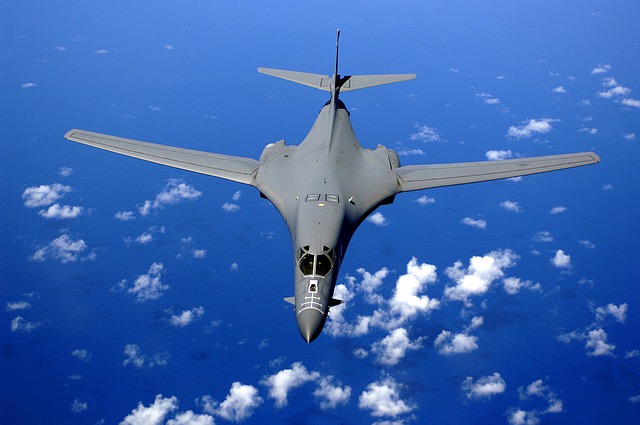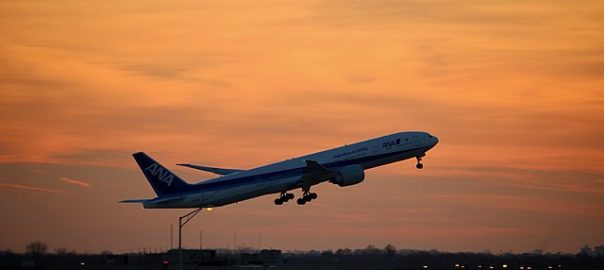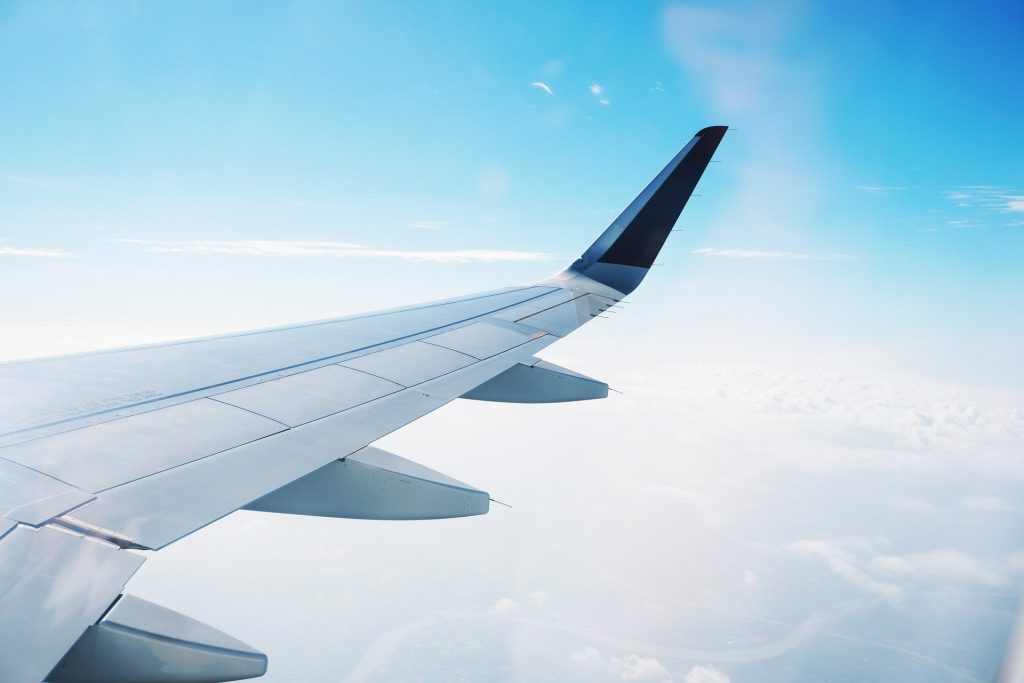The global travel industry may be reeling a year into the Covid-19 pandemic, but at least one industry stalwart appears to believe the industry will recover from the crisis, and sooner rather than later.
Monday, Jet Blue Airlines (NASDAQ: JBLU) announced it would offer Mint class service, a high-end cabin with semi-private seating, lie-flat beds and bedside tables and a 17-inch screen, on its upcoming service between the United States and London. The airline is planning to launch non-stop flights between London and John F. Kennedy Airport in New York, and from London to Boston’s Logan Airport before the end of 2021.
No decisions have been announced regarding an arrival/departure airport in London.
Jet Blue upended the domestic travel sector in 2014 by introducing Mint on non-stop flights between New York and San Francisco. The company later announced plans to include the luxury seating option on its Transatlantic routes but many industry analysists expected that uncertainty about the near-to-medium term outlook for the travel sector would cause the airline to shelve those plans, at least temporarily.
In October, McKinsey & Company, predicted that the blow to the global tourism sector could be far worse than previously thought, perhaps up to $8.1 trillion lower than initial predictions following the emergence and spread of the coronavirus last year.
Echoing the concerns, Yahoo!Finance said that international tourism dropped by 65% in the first half of 2020 and added that it could be 2024 before global travel returns to 2019 levels.
Despite the poor outlook, however, Jet Blue Chief Operating Officer Joanna Geraghty told Bloomberg that the airline believes the travel industry will recover quickly once the pandemic is officially declared “over.”
“Demand changes quite quickly overnight when case counts come down and travel restrictions are lifted,” she said.





